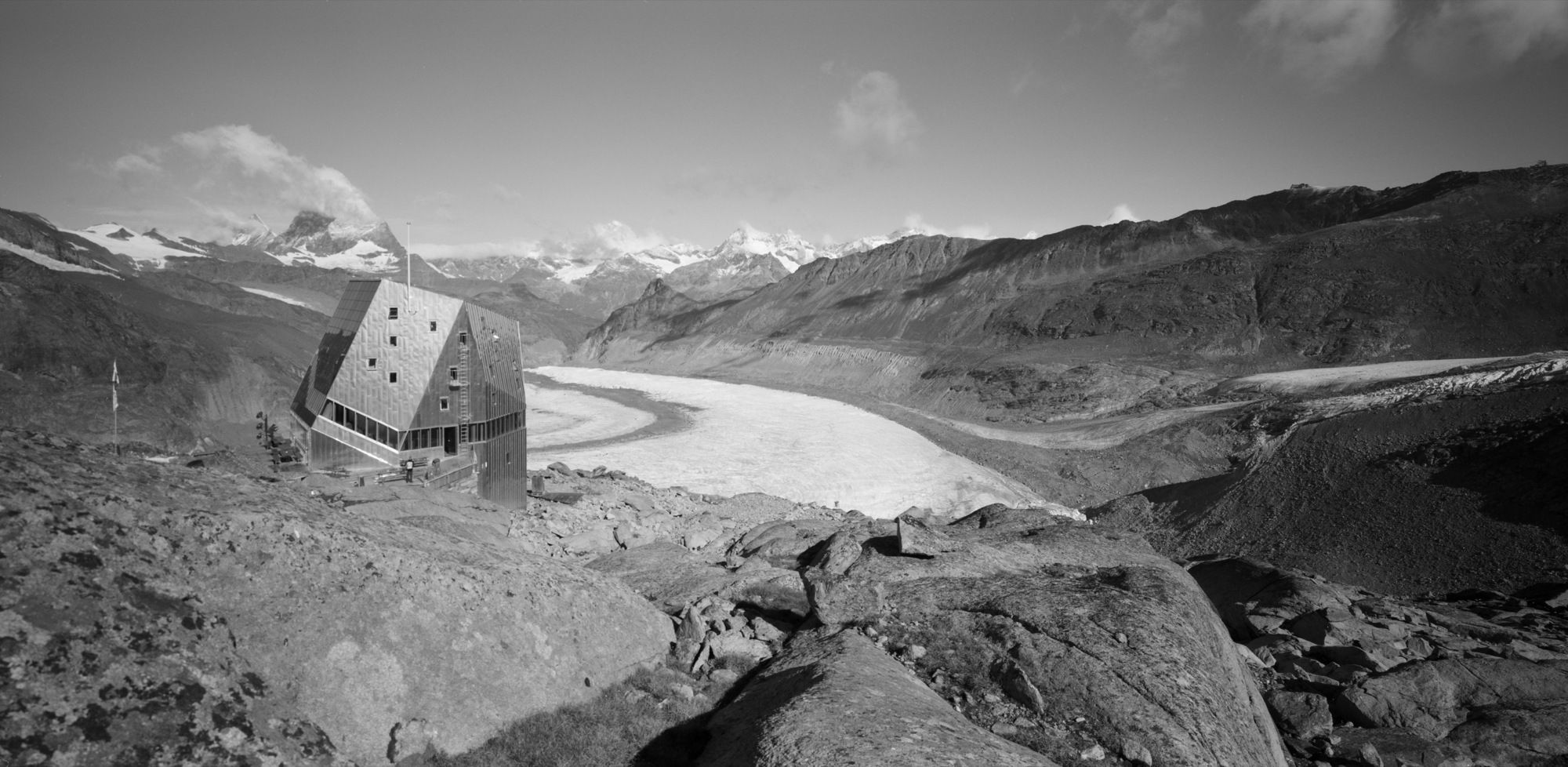Constructing Photographs: Between Nature & Structure
Building Images: Between Nature & Architecture

If “nature” and “architecture” are commonly conceived as opposing entities, representative of human encroachment on the primordially physical image of the world, under which conditions do these two fundamental factors form a strong liaison and which is the ensuing by product? Can this often ignored bond between culture and nature be unearthed and put to light by the use of photography?


My engagement with architectural photography in the last three decades has been a constant progression towards that goal: the probing of limits between manmade structures and landscapes. This was not an agenda set from the beginning of my itinerary as a photographer. It was gradually crystallized through a photographic journey in search of liminal landscapes echoing a childhood in transit. Disparate elements have come together to shape a visual vocabulary through which I communicate my idea of the world: a continuous topography in transition under the effects of human culture, historical chance and the natural elements.


My continuing photographic practice and research places particular emphasis on the degree to which human intervention has incised natural landscapes, and, at the same time, how elements of pure or derived nature have penetrated into the human realm. Through my practice, I have strived to develop a visual language where the separation between the content (man-made structure) and context (natural or urban) is blurred, and the relationship between the two inverted. Architecture is treated as an element of its environment; at the same time, the context is immersed in and filtered through architecture. This interpretation is related to that of architect Bruno Taut, who understood architecture as the act of ‘designing relationships’ instead of arranging ‘forms in light’ or merely structuring geometrical space. Therefore, my approach is formulated as follows: The act of photography of architecture (not necessarily architectural photography), can uncover and intensify interactions between artificial artifacts and their respective environments, thereby transcending the utilitarian documentational aspect of the medium and acting as a tool for interpretation and comprehension.






